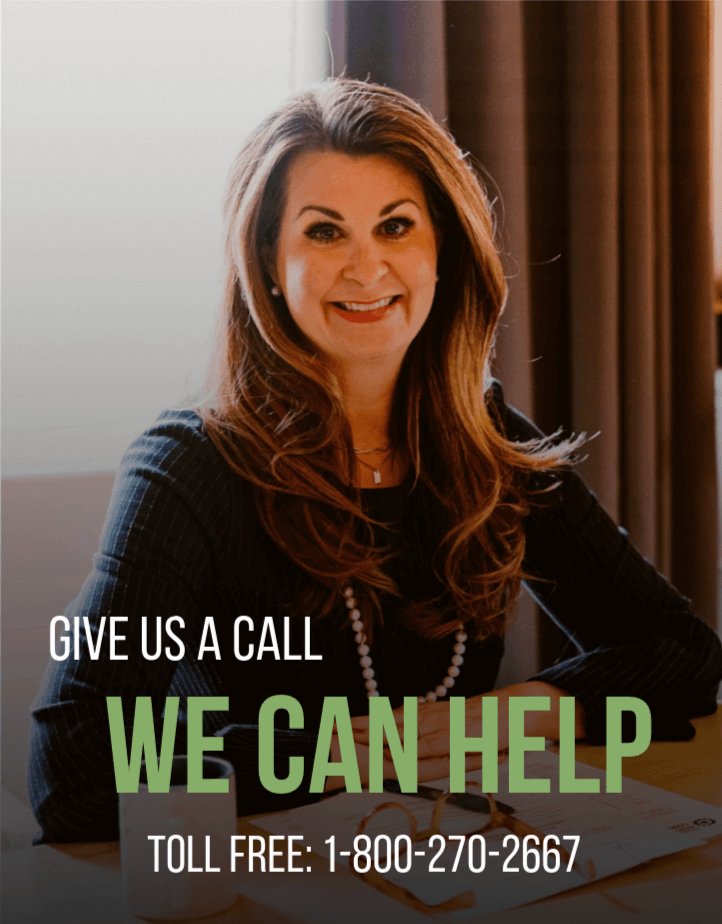Chapter 13 Bankruptcy
Being faced with staggering debt and aggressive collection practices can affect every facet of a person’s life. Whether it be worrying about how to provide for your family’s needs, risking the loss of your assets, or dealing with marital conflict as a result of debt, you may feel like you have nowhere to turn.
Fortunately, the United States government offers options for debt relief to those struggling with their finances. With six different types (or “Chapters”) within the United States Bankruptcy Code, there is an option for every person and business to bring an end to the devastating demands of creditors so that they can finally get their finances in line.
At Burns, Taylor, Heckemeyer, Green, Edwards & Graham, LLC, we understand the pressures that debilitating debt can cause. Our attorneys have a no-judgement approach and meet with each of our Chapter 7 and Chapter 13 bankruptcy clients to develop a thorough understanding of the unique financial challenges you face. We work to provide you with the financial relief you need to find effective solutions to help rebuild your life.
We are a debt relief agency, and we help individuals file for relief under Chapter 13 of the United States Bankruptcy Code. Our initial consultation is free and in most cases we establish a payment plan for attorney fees. At the initial consultation, you will be asked to provide a list of your creditors and the approximate amounts that you owe, a list of your assets and their approximate values and information concerning your income.
To learn more about Chapter 13 Bankruptcy and the services we can provide, please visit the resources below. To schedule your free initial consultation, call Burns, Taylor, Heckemeyer, Green, Edwards & Graham, LLC at (573) 481-1111.


